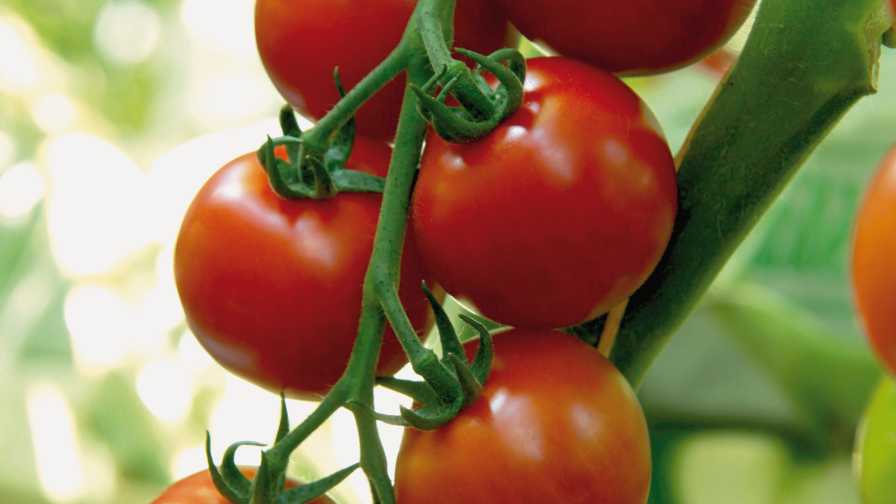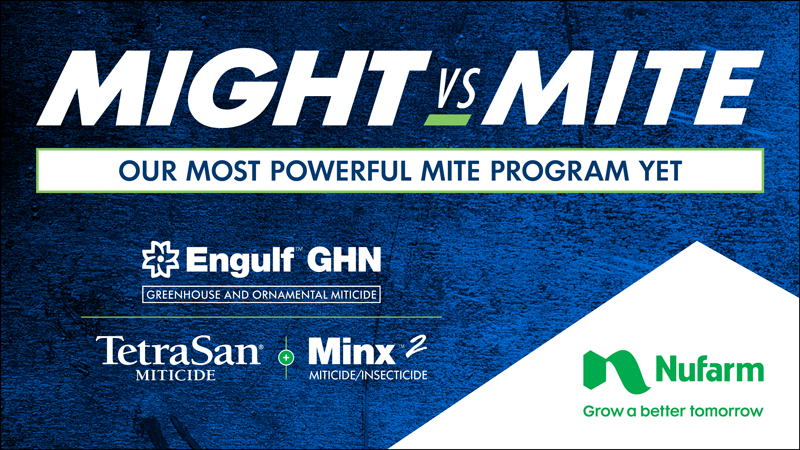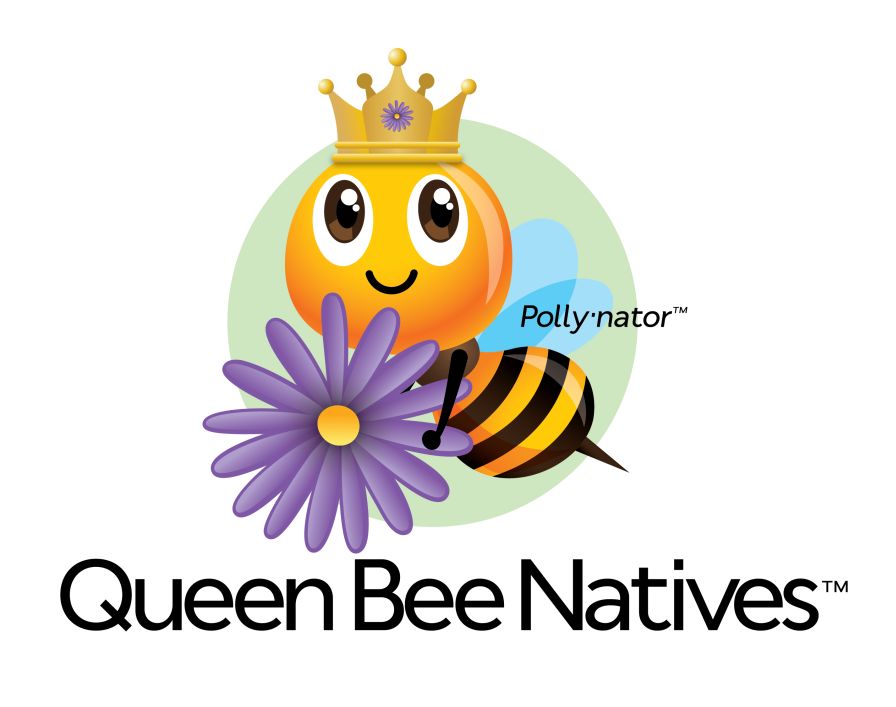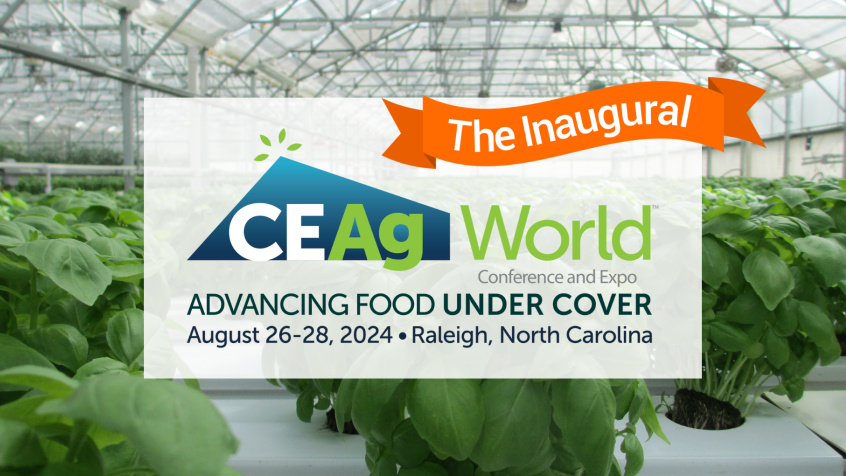Ways Tomato Growers and Breeders Can Work Together to Develop High-Quality Varieties
 In the current greenhouse tomato variety market, growers want plants with high yield, good disease resistance, and year-round homogeneous, reliable production. In response to this, the tomato breeding team at Enza Zaden North America actively focuses on resistance and quality traits, breeding by selecting and crossing specific genetic characteristics that make the plants resistant or less susceptible to common diseases with extended shelf-life.
In the current greenhouse tomato variety market, growers want plants with high yield, good disease resistance, and year-round homogeneous, reliable production. In response to this, the tomato breeding team at Enza Zaden North America actively focuses on resistance and quality traits, breeding by selecting and crossing specific genetic characteristics that make the plants resistant or less susceptible to common diseases with extended shelf-life.
In order to best select for these traits, Enza Zaden evaluates its genetic material under various management systems in multiple locations throughout North America. As a breeding company, we are constantly looking at the interaction of a variety’s genetics with the environment in which it is grown.
The best varieties for greenhouse production come from breeding programs where the parental lines are preselected in those conditions and are used in a cross-breeding schedule to mix/breed new material. That way, from the start, we have a gene pool adapted to a high-performance environment.
When selecting a variety, growers need to consider the plant habit, required fruit size based on market segment, and yield indicators (including speed of cluster development, how well the flowers are setting fruit, how many flowers on a cluster, speed of flowering, and percentage of setting). In the greenhouse, you want continuous growth. The grower can work with their seed company to select indeterminate materials (an indeterminate variety is a crop that offers continuous growth, whereas a determine variety, also known as a field crop, will stop growing after a certain amount of time).
Performing a Simple Trial
The easiest way to determine how a variety is performing is through a trial. Performing trials in the greenhouse is a basic and necessary step for grower of all sizes. We suggest running your trials in cooperation with your seed supplier as they can provide guidance based on their extensive trial databases.
To begin a trial in a greenhouse, take a well-performing hybrid and work in a real-life environment. Pick a few plants and place markers in the plants to keep count of clusters. Once a month or every six weeks, measure the fruit weight (it’s not necessary for growers to do extended trials or measurements every day to get a decent idea for how a variety will perform in an environment.)
Next, be patient! At the end of the year, if the trial results are not overly exciting, that’s where discussions with the breeding company come into play. Together, growers and seed companies can determine what else may be in the variety that, in further experiments, may be able to improve results. Improvements in yield occurs in small increments.
Success is in the Growing Environment
With a variety chosen and a trial in place, growers need to focus on the greenhouse environment. Is there enough light? Is the temperature correct? How does the temperature change throughout the day? What is the irrigation strategy? What’s the plant habit? All of these factors can play a part in how the variety performs, and if it is vulnerable to cracking and russeting.
There are two types of cracking:
- Cracking from the center of the fruit: Fruit cracks from the center fruit attachment into the shoulder of the tomato are due to the speed of growth. Cracks can occur if the fruit grows to fast or too slow.
- Microcracking, also known as russeting: This is the result of changes in the microenvironment. If the temperature of the greenhouse is increased quickly and the plants are cold, condensation can occur leading to russeting. Russeting can also trigger certain fungal diseases.
Having the Right Disease Resistance
Disease resistance is extremely important in greenhouses because of condensation, which can cause fungal diseases. Most materials that have been successful in outdoors crops do not have the resistances needed for indoor growing.
We suggest resistances to two main diseases – gray leaf mold and powdery mildew. In situations where we don’t use rootstock and the plant needs a decent level of root disease resistances, we suggest fusarium and verticillium wilt resistances. These resistances are needed even in hydroponic situations. If growing in soil, then nematode resistance is needed.
Producing a Uniform Fruit
Uniform fruit depends on the flowering speed within the clusters. For example, the bigger the difference in time from the first flower opening to the last flower on a cluster opening, the bigger the risk that it will end up with fruit too heavy at the start, and fruit too small at end. The more uniform the flowering, the better chance of having a uniform crop. We like to see the majority of flowers within a few days from each other. If the time between the first fruit and last fruit is too long, the first fruit will be over mature and is susceptible to cracking.
Plant habit is also important and determines uniformity, production potential, and labor efficiency. First, growers should determine how much light can a plant intercept; the more light, the more production. Next, determine if you’re working with vigorous materials or material that’s more vegetative in nature. What works best will depend on the season and growing system. In terms of labor efficiency, a low-dropping plant is harder to reach and can slow down labor.
Plant habit and plant balance come into play when determining what varieties will do well in low natural sunlight conditions. Bigger fruit material can struggle more in low light environments. Smaller fruit material means there is less fruit mass to be maintained by the light, but in order to reach maximum taste plants need a decent amount of light. There are varieties that are easy to grow in the winter in low light conditions, but growers need to be careful not to compromise taste. We suggest supplementing light for places dealing with low natural light.
Consumer Preferences
We are naturally breeding for agronomic factors because our traditional customers are growers. However, for the consumers, flavor and quality trump everything else.
Flavor is possibly one of the most complex traits to identify, analyze, and describe. It is defined as the combination of taste and olfactory sensations. It is an interaction between our food and our brain; our taste and aroma perceptions. Because it is so difficult to study, flavor has been historically missing from the fresh produce conversations. However, times are changing with the millennium generation asking for flavorful, natural, and healthy food. This is the right time for the fresh produce industry to capitalize on the demand for flavorful fruits and vegetables. To do so, Enza Zaden is collaborating with institutes such as the Davis Sensory Institute.
Today’s consumers are much different than consumers years ago. Over the past 10 years, tomato diversity on the shelf has increased. Consumers desire a wide range of product to choose from, without sacrificing taste for diversity.
At Enza Zaden, we prioritize certain indicators that give consumers a good taste experience. Texture strongly influences flavor perception; heirloom and beefsteak tomatoes are so popular because they have great texture.
Keeping Communication Lines Open
Collaborating with professional growers to produce the next generation of varieties is an exciting opportunity for both parties. We appreciate the trust and confidence growers place in us, and we look forward to innovating with them. Without feedback from the grower, a seed company cannot determine which varieties will meet its needs.
Enza Zaden is a global leader in vegetable seed breeding, with operations in 24 countries, including over 20 years in the US, with main offices in Salinas, CA and research stations in San Juan Bautista, CA and Myakka City, FL. Through its organic division, Vitalis Organic Seeds, the company also offers the largest assortment of 100% certified organic vegetable and culinary herb varieties in North America. The entire Enza Zaden tomato breeding team contributed to this article.
Note: Descriptions, recommendations and illustrations included correspond as closely as possible to tests and practical experience. This information is provided to assist professional growers and users; however, variable local conditions must be taken into account. Under no circumstances shall Enza Zaden accept liability based on such information for deviating results in the cultivated product.










